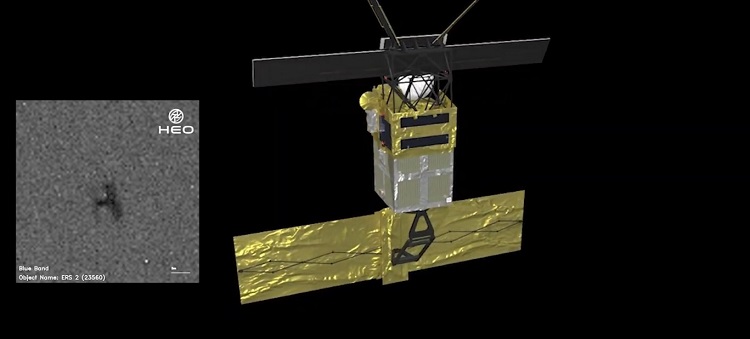The European Space Agency (ESA) has announced that ERS-2, a satellite weighing 5,000 pounds, equivalent in size to a school bus, is scheduled to descend into Earth’s atmosphere on Wednesday.
According to the ESA’s Space Debris Office, they are actively monitoring the trajectory of ERS-2 and have estimated its re-entry time to be approximately 11:32 a.m. Eastern Time, with a potential deviation of around 4.5 hours.
However, the precise timing of the re-entry remains uncertain due to the potential influence of solar activity, which has the capacity to modify atmospheric density and consequently affect the gravitational forces acting upon the satellite.
ESR-2 Satellite Re-entry as Uncontrolled

The ESA has characterized the upcoming re-entry of the ESR-2 satellite as a “natural” occurrence, indicating that it will be uncontrolled.
To mitigate the risk of explosion, the satellite has been depleted of all fuel, and its batteries have been drained.
Additionally, the communication antenna and onboard electronics have been deactivated.
According to the organization, the ESR-2 satellite is anticipated to disintegrate at an altitude of approximately 80 kilometers above the Earth’s surface.
While most of the resulting fragments are expected to incinerate upon re-entry into the atmosphere, there is a possibility that some pieces may survive and reach the Earth’s surface.
However, the ESA assures that any such fragments are likely to fall into the ocean, posing no threat of contamination from toxic or radioactive substances.
Chances of Space Debris Injury Extremely Slim
However, for those still experiencing concern despite these measures, the ESA reassures the public that the likelihood of sustaining injury from space debris is less than 1 in 100 billion.
According to CNN, ERS-2 has a mass of approximately 5,057 pounds. Launched in April 1995, its primary objectives included gathering data on terrestrial surfaces and oceans, as well as monitoring natural calamities such as earthquakes or floods.
Mirko Albani, Head of ESA’s Heritage Space Programme, remarked in a statement, “It furnished us with fresh insights into our planet, elucidating the chemistry of our atmosphere, the dynamics of our oceans, and the impact of human activity on our environment.”
